10 essentials healthcare providers keep in their medicine cabinets
Do your shelf contents need an overhaul? Here's what to stock.
Updated on November 5, 2024

Open your medicine cabinet and take a look. Do you have what you need for all the bruises, scrapes, and sniffles you and your family are likely to experience throughout the year? You probably have some of the essentials, but there may be a few items missing.
Here are 10 items it’s wise to keep on those bathroom shelves.

Rotate your supplies
First thing’s first. “If you’d look in my medicine cabinet, you’d find a bunch of things I think are important to have, and probably a bunch of random things that I used once and need to update,” says Vinod Nambudiri, MD, an internal medicine specialist and dermatologist in Boston. “Over-the-counter (OTC) medicines expire so it’s really important to look at expiration dates and make sure everything is current.”
Dr. Nambudiri adds that most medications don’t become dangerous past their expiration date; they just don’t work as well.

A thermometer
Probably the most overlooked medicine cabinet must-have is a thermometer, says Nambudiri. “You want to make sure you have a good working thermometer, and it should be in the place where you keep your medications,” he says. “It’s really important to determine if you have a fever.”
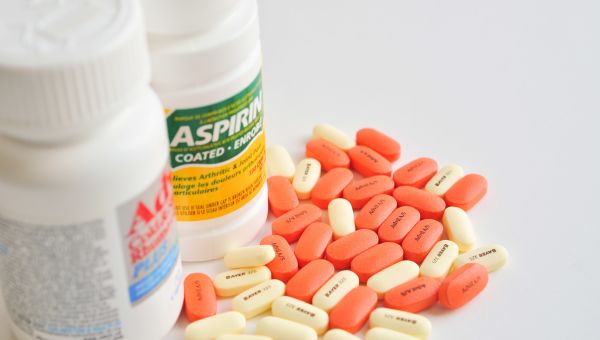
A painkiller
Speaking of fever, “Acetaminophen is great for reducing a fever,” says Nambudiri. “It’s probably the best medicine out there for that use.”
You might want to have another OTC painkiller on hand such as aspirin or ibuprofen, “especially for inflammation or joint pain,” adds Nambudiri. He cautions not to give aspirin to anyone under age 19 because of the chance of developing Reye’s syndrome, which can cause liver or brain damage.

Saline
Before you place a bandage on that cut or scrape—even before you put the antiseptic ointment on it—there’s something you need to do first: Clean the wound. Saline solution is good for this. You can always make your own saline if you prefer not to purchase a bottle. Combine 8 ounces of distilled water with a 1/2 teaspoon of table salt. Soap and water also works to clean wounds.
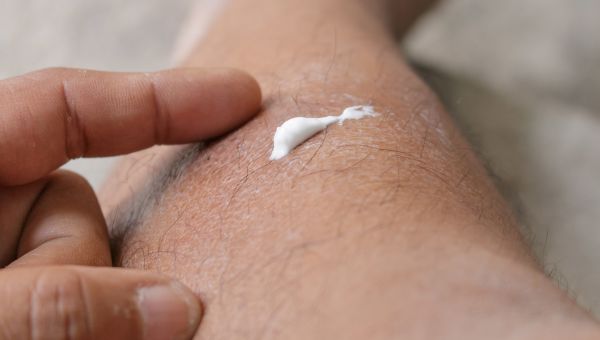
An antiseptic
After the wound, it’s time for an antiseptic, such as bacitracin. An antimicrobial ointment can help prevent a wound from becoming infected with something nasty like a staph infection.
“Smooth the antiseptic on a cut or a scrape, then bandage it,” says Nambudiri. Just be on the lookout for redness, pain, and swelling—or even a dangerous body-wide reaction called anaphylaxis—that might signal an allergic reaction to any antibiotic ointments, he adds.

Bandages
Once a wound is cleaned and disinfected, it’s time to cover it. “You can buy a box of assorted bandages. It’s good to have several different sizes,” says Nambudiri. You don’t always need to use a bandage; keeping a wound uncovered may keep it dry and help it heal. But if the wound will get dirty or irritated, cover it up. Nambudiri says to remember to change the bandage every day.
Another type of bandage to have on hand is a compression bandage, says Nambudiri. “These can be useful for an acute joint injury to stabilize the area,” he adds.

A stomach settler
If you’re camped out in the bathroom or constantly running there, you might need something to help settle your stomach. “The active ingredient of Pepto-Bismol, bismuth, coats the stomach and calms down symptoms,” says Nambudiri. He adds that if you take Pepto-Bismol, it’s normal if your tongue or stool temporarily turns dark in color. Milk of magnesia can help with constipation, and calcium carbonite tablets work well for heartburn or indigestion.

An antihistamine
When you’re allergic to something, the body releases molecules called histamines, which can cause itching, sneezing, a runny nose, and watery eyes. Antihistamines block those molecules from getting to your cells. “Antihistamines are great for treating mild allergic reactions,” says Nambudiri.

Anti-itch cream
Whether it’s from poison ivy or a bug bite, it’s hard to resist scratching an itch, but scratching can actually make the area itchier. “That’s why it’s always good to have some sort of topical anti-itch or steroid cream,” Nambudiri says. A topical 1 percent hydrocortisone cream can help relieve itching. Calamine lotion also works well.

Sunscreen
Skin cancer is the most common cancer in the United States. An estimated one in five Americans will receive a diagnosis in their lifetime. Sunscreen is an important tool in the fight against skin cancer. Get a sunscreen rated at least SPF 30, and make sure it protects against both UVA and UVB ultraviolet light.

Heat and ice
You might not think of ice as something to keep in your medicine cabinet, but some ice packs—those made from ammonium nitrate—stay at room temperature until you squeeze them. Ice is good for soothing the pain and inflammation from things like pulled muscles and injured joints.
Use ice initially, but once the inflammation has gone down, switch to heat. An electric heating pad can work for this, as can disposable heating packets that heat up when opened and exposed to air.
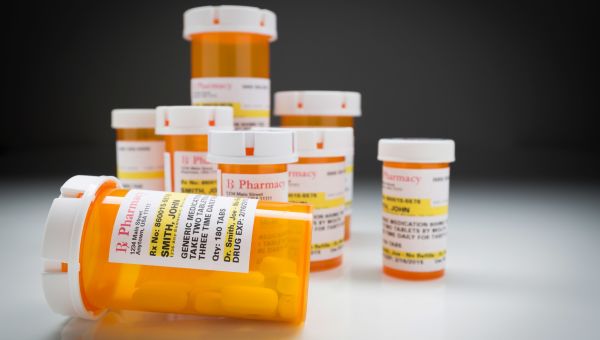
What you don’t need
Something you shouldn’t have in your medicine cabinet? Medications your healthcare provider has told you to stop taking, perhaps because the dosage has changed or your condition has resolved and you no longer need it. And with antibiotics, there shouldn’t be any “leftovers,” since you should finish the full course of medication for maximum effectiveness. “I don’t advise people to stock up on things like antibiotics or prescriptions,” says Nambudiri. “You want to stock up on essential over-the-counter items for treating minor ailments. For a serious medical condition, get checked out by a healthcare provider.”
You can dispose of old medications by sealing them in a bag mixed with dirt, used coffee grounds, or kitty litter, and then tossing them out with your household trash. Or, consider bringing them to National Prescription Drug Take Back Day, which takes place in April and October each year.

U.S. Food & Drug Administration. Don’t Be Tempted to Use Expired Medicines. February 8, 2021.
University Hospitals. Expired Medications: Dangerous or Just Less Effective? August 23, 2023.
MedlinePlus. Over-the-counter pain relievers. Reviewed October 25, 2022.
Beutler AI, Chesnut GT, Mattingly JC, Jamieson B. FPIN's Clinical Inquiries. Aspirin use in children for fever or viral syndromes. Am Fam Physician. 2009 Dec 15;80(12):1472.
MedlinePlus. Reye syndrome. Reviewed July 28, 2022.
Mayo Clinic. Cuts and scrapes: First aid. May 1, 2024.
FamilyDoctor.org (AAFP). What do I need in my first aid kit? Updated June 2023.
Carrie Sussman and Barbara Bates-Jenson. Wound Care: A Collaborative Practice Manual for Health Professionals (Third Edition). Wolters Kluwer. 2007. P 223.
Fellows J, Crestodina L. Home-prepared saline: a safe, cost-effective alternative for wound cleansing in home care. J Wound Ostomy Continence Nurs. 2006 Nov-Dec;33(6):606-9.
MedlinePlus. Staph infections - self-care at home. July 8, 2023.
Shahbazian JH, Hartzell TL, Pandey AK, Azari KK. Allergic dermatitis due to topical antibiotics. West J Emerg Med. 2012 Sep;13(4):380-2.
FamilyDoctor.org (AAFP). Antihistamines: Understanding Your OTC Options. August 2024.
American Academy of Dermatology Association. Skin Cancer. Accessed October 25, 2024.
American Cancer Society. How to Use Sunscreen. June 26, 2024.
Centers for Disease Control and Prevention. Reducing Risk for Skin Cancer. July 1, 2024.
Cleveland Clinic. Here’s How to Choose Between Using Ice or Heat for Pain. December 8, 2020.
Mayo Clinic. Antibiotics: Are you misusing them? April 9, 2024.
More On


video
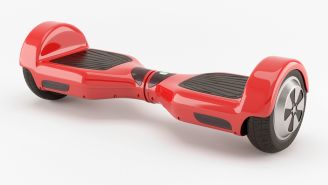
article
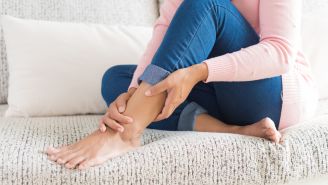
slideshow


video


video
